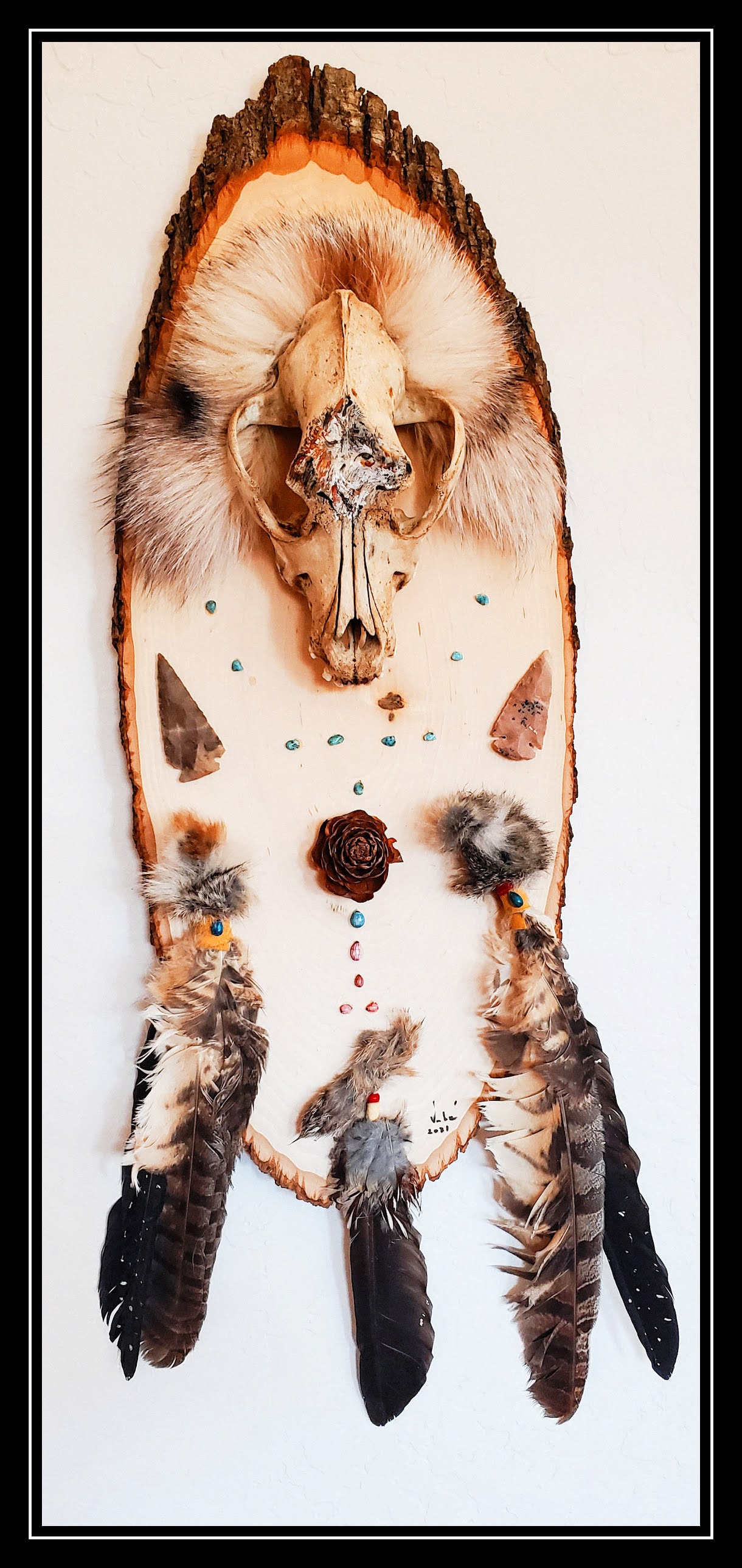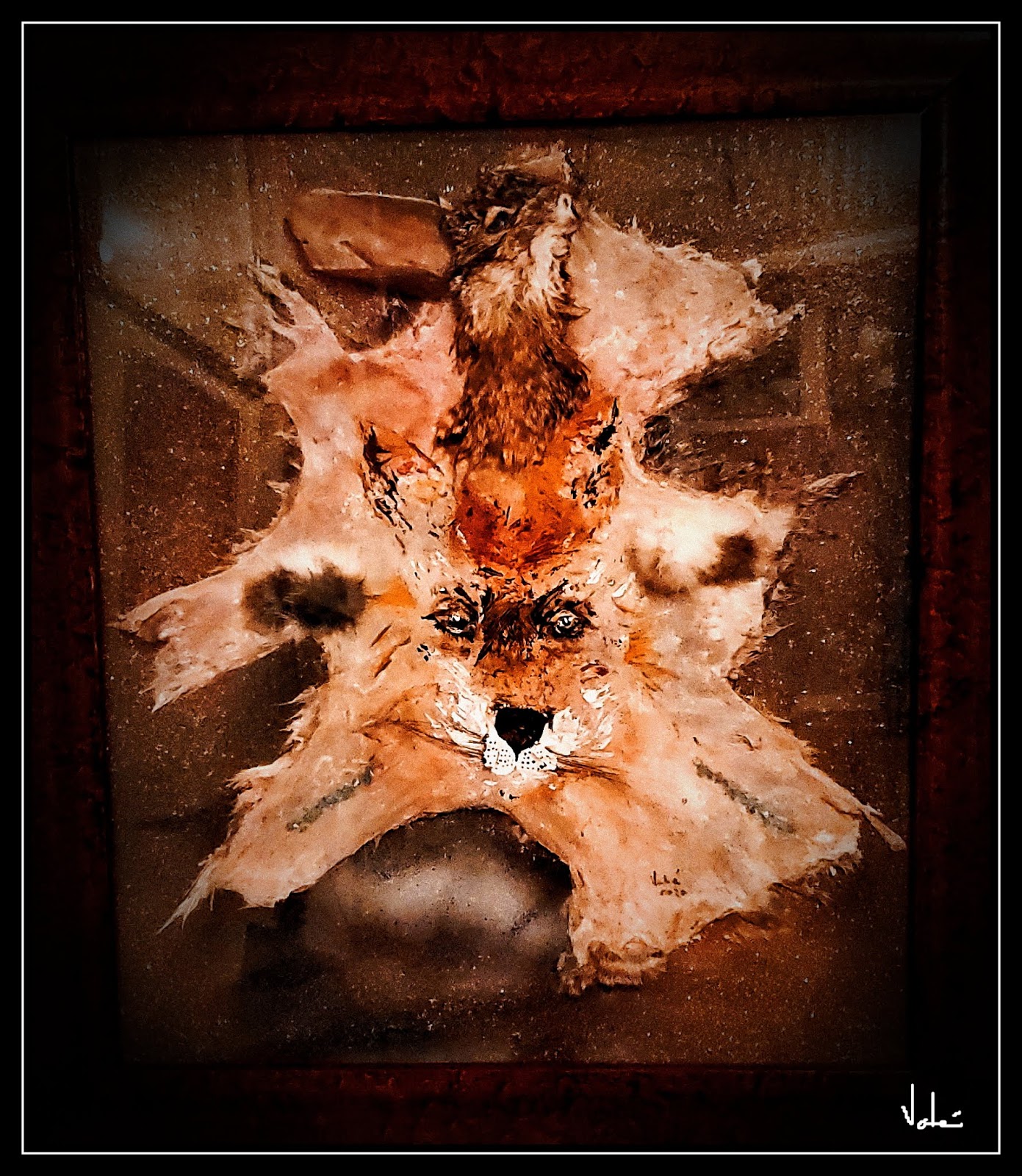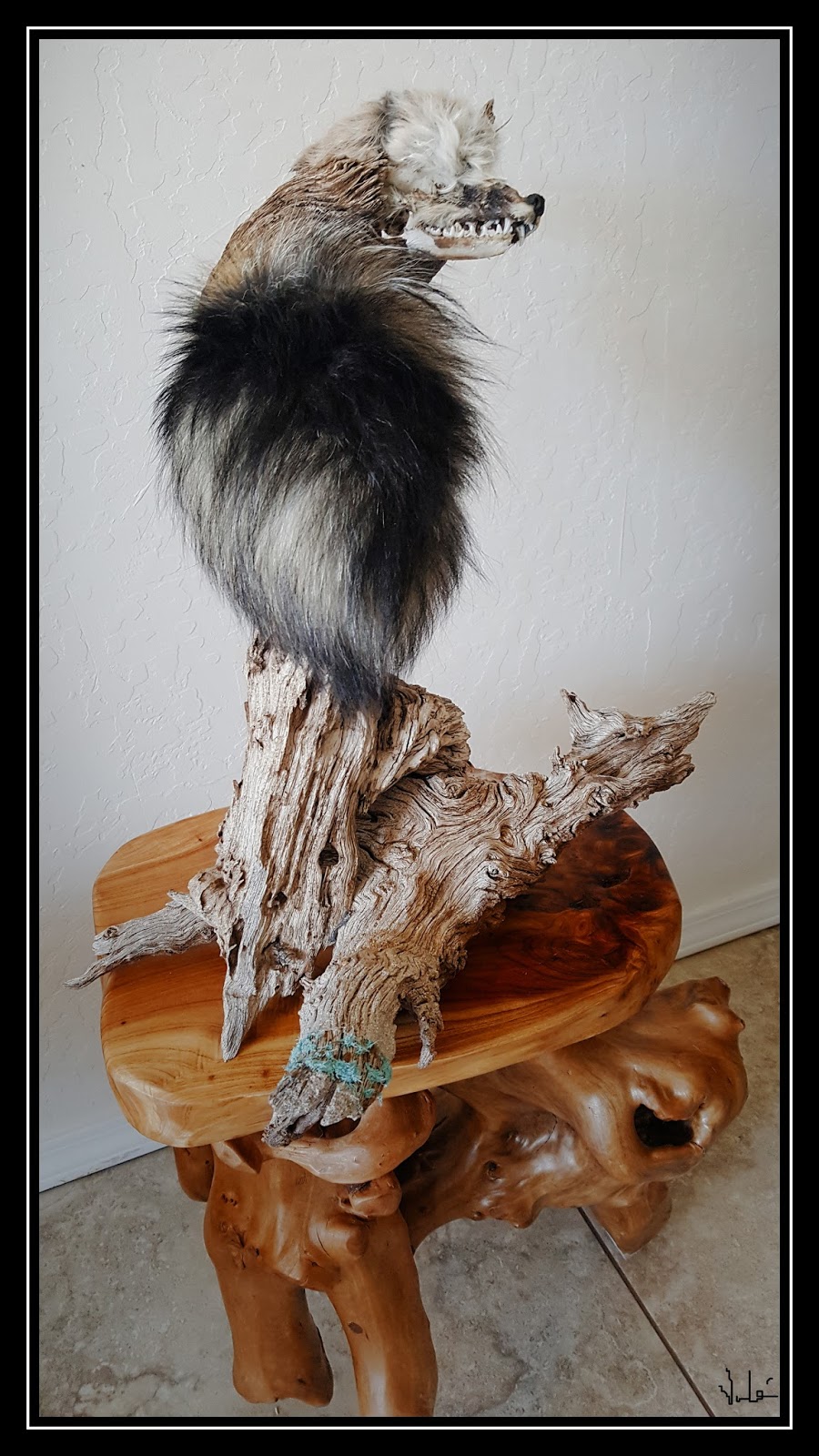The Mexican Gray Wolf – from Extinction to a New Life in Arizona and New Mexico
There was a sun
bleached skull half buried in the sand about 30 yards ahead of me. It was the
only white spot in the brown and gray landscape
of the desert.
When I picked it up, I
knew it was not a coyote. But it was of the canis family.
A wolf?
I have seen the rare gray
Mexican wolf three times in the past ten years. They are shy and run at least from
200 yards away. Only one of these three stopped, looked back at me for a second
and I could tell it was not a large coyote as the latter is a constant
appearance in the evenings when I walk my dog. Coyotes in the Southwest are neighborhood scavengers, although I have seen quite a few walking the
street with a wild rabbit in their mouths.
… When I got home I
looked for information on the Mexican gray wolf. I was especially eager to find
pictures of the skull to conduct my own comparative anatomy.
It ended up a less
that straightforward inquiry. There are innumerable pictures of wolf skulls but
very few of the Mexican gray wolf. The reason for this is the rarity of this
wolf, given its near extinct status a few decades ago. About this later.
Here is a photo from the earthjustice blog (reference source shown at the end)
Here are photos of the
skull without any clean-up:
At first look I was
convinced that “my” skull was a Mexican gray wolf’s. But the more I read I had
doubts because most sources say that a wolf’s snout is longer than a dog’s and
has no abrupt kink in front of the eyes. Yet, the Mexican gray wolf is smaller
and has a shorter snout. Hmm.
But when I read about
the difference between a dog’s teeth and those of a wolf, especially the canine,
premolars and molars, I was convinced that it was not the skull of a dog.
So, hopefully not
incorrectly, I concluded that it was a Mexican gray wolf’s skull.
About the Mexican gray wolf
Here is a description
from the Defenders of Wildlife(2) site:
“The Mexican gray wolf is a subspecies of the gray
wolf, commonly referred to as “el lobo”.
Though they once numbered in the thousands, these
wolves were wiped out in the U.S. by the mid-1970s, with just a handful existing
in zoos. In 1998, the U.S. Fish and Wildlife Service, led by Jamie Rappaport
Clark (now president of Defenders of Wildlife), released 11 Mexican gray wolves
back into the wild in Arizona.
Although their numbers have grown slowly (there are
about 200 of these wolves now in Arizona), they remain the most endangered
subspecies of wolf in the world because of compromised genetics, human
intolerance and reluctance to release more individuals and bonded pairs to the
wild.”
A recent report by the
Biological Diversity Organization (3) has a status report on these
wolves:
Thirty-four wolves are
known to have died in the wild in 2020, and five of those were shot dead by
federal snipers in response to predation on cattle. Ten wolves were removed
alive from the wild by federal trappers, though two ended up dying. In addition
to the losses of those 44 wolves, several other radio-collared wolves
disappeared during the year.
So, what did I do ?
Like all my work with animal
skulls and hide, I wanted to give this unknown wolf a new identity. One that
takes it from disintegration in the desert sand to where people can learn about
the wolf and hopefully understand its beauty and place in nature.
First, I scraped the adhered tissue cleaned the bone surface. Then, as I do with antlers and skulls that are sun bleached, I covered it with coffee grounds. This does two things – the tannin give the white bones an ivory-like look, and, the coffee grounds seep into crack and crevices showing lines and shapes that were not specified well.
The original outline
of the profile, in pencil, looked like this:
And the painted
version (oil and acrylic) brought the colours of the gray wolf to life:
With a strip of coyote
pelt, I surrounded the skull with the gray, black and burnt amber colours:
It was now time to
mount the skull on basswood and add touches of the Southwest – feathers,
turquoise stones, a cone that opens up like a rose before falling, and
replicates of arrowheads. Here is the side view of the finished product:
… Readers of my blogs
have been very interactive from around the world. I look forward to any
comments about this new work, especially if there are more specific additions I
should make about the Mexican gray wolf.
June 14, 2021
© Vahé A. Kazandjian,
2021
1.
Elliot,
Daniel Giraud, 1835-1915., Public domain, via Wikimedia Commons
2.
https://defenders.org/wildlife/mexican-gray-wolf
https://earthjustice.org/blog/2015-january/mexican-gray-wolf-recovery-left-to-politics-rather-than-science
3.
https://biologicaldiversity.org/w/news/press-releases/mexican-gray-wolf-numbers-rose-to-186-in-2020-2021-03-12/














Vahe: I have come to appreciate how your transformations of an animal's skeleton and hide/fur capture the beauty and unique characteristics of the animal. I've never been fond of animal heads mounted on walls that seems to glorify the hunt and kill and not the beautiful animal it once was. Your work pays tribute and respect to these amazing creatures with whom we share the earth.
ReplyDeleteCarolyn Lee